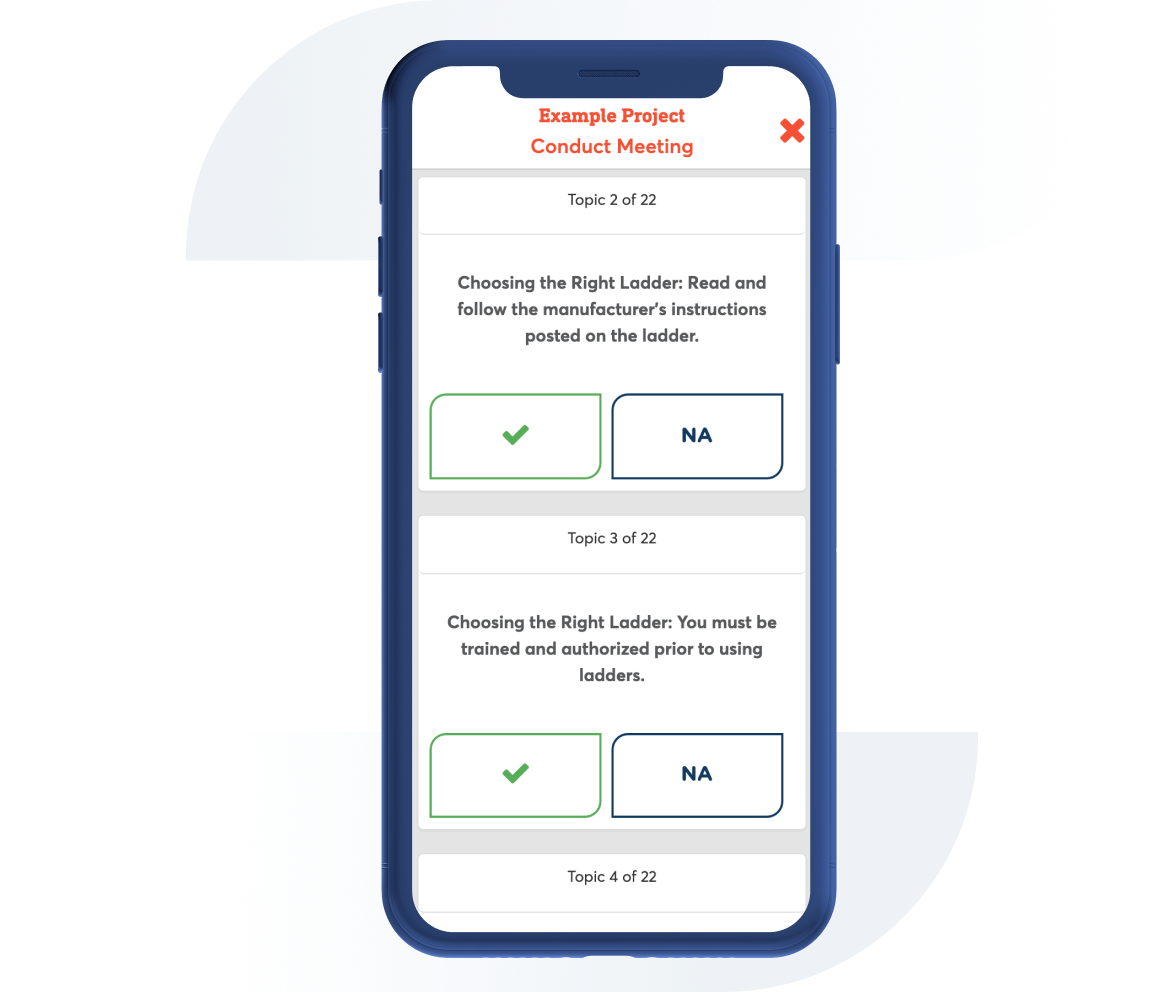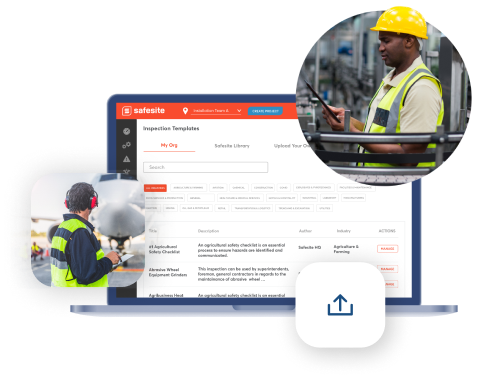How to Prevent Slips, Trips, and Falls on Walking-Working Surfaces
Contributor: Safesite HQ Jurisdiction: General
Slips, trips, and falls are often grouped together, but idenfitying each of their potential hazards separately can assist in creating a safer workplace for everyone.

1. Slips, trips, and falls can lead to unfortunate incidents. In 2019, 28% of all worksite fatalities were the results of slips, trips, or falls.
2. Common hazards causing slips are spills (water, oil, or other substances), an accumulation of dust, obstacles and clutter, weather conditions (rain, snow, ice, etc), and other slippery substances.
3. Because slips are caused by a loss of friction, having the proper footwear with non-slip soles and that fits you appropriately, can assist in preventing slips in the workplace.
4. Additionally, cleaning up any spills or other wet surfaces will prevent employees from walking through a potential hazard.
5. In environments that are prone to an accumulation of condensation, like cement, or other potentially slippery substances, anti-skid tape or slip-resistant mats may assist in preventing slips.
6. A trip is caused by an obstacle, typically when your foot hits an object and your body maintains momentum. Additionally, trips can also occur when stepping up or down onto an uneven surface.
7. Common hazards that cause trips are material in walkways, carrying loads that obstruct views, cords/hoses/ropes, and poor lighting.
8. To prevent trip hazards, do not leave items laying around the workspace. Tools, materials, completed product remains out of the walking path and there is proper disposal of waste paper, scrap materials (cartons, pallets, empty containers, fasteners). Maintain clear walkways, follow through on housekeeping audits, identify and mark uneven surfaces, repair or replace stairs or handrails that are loose or broken, and maintain good lighting in the workplace.
9. A fall is the result of a shift in your center of gravity. When you are off center and become unbalanced, you will likely fall down.
10. Workers are more at risk for a fall from height, however falls can happen on the same level and can be just as dangerous.
11. Common hazards that cause falls are the direct result of slips or trips. When you slip or trip, you might be able to catch yourself before you fall. However, more often than not, a fall will occur.
12. In addition to slips and trips, jumping from one level to another can also cause a fall. To prevent falls from another level, it is recommended to use a ladder, stairs, scaffold, or other means of ascent or descent.
13. Stay alert and aware of changing conditions throughout the work shift. Identifying potential hazards during the day, bringing to the attention of supervisors, and taking action to eliminate may prevent a slip, trip, or fall.
14. What hazards can the group identify as being potential slip or trip hazards that could lead to a fall?
Additional Comments

Can't find what you are looking for?
